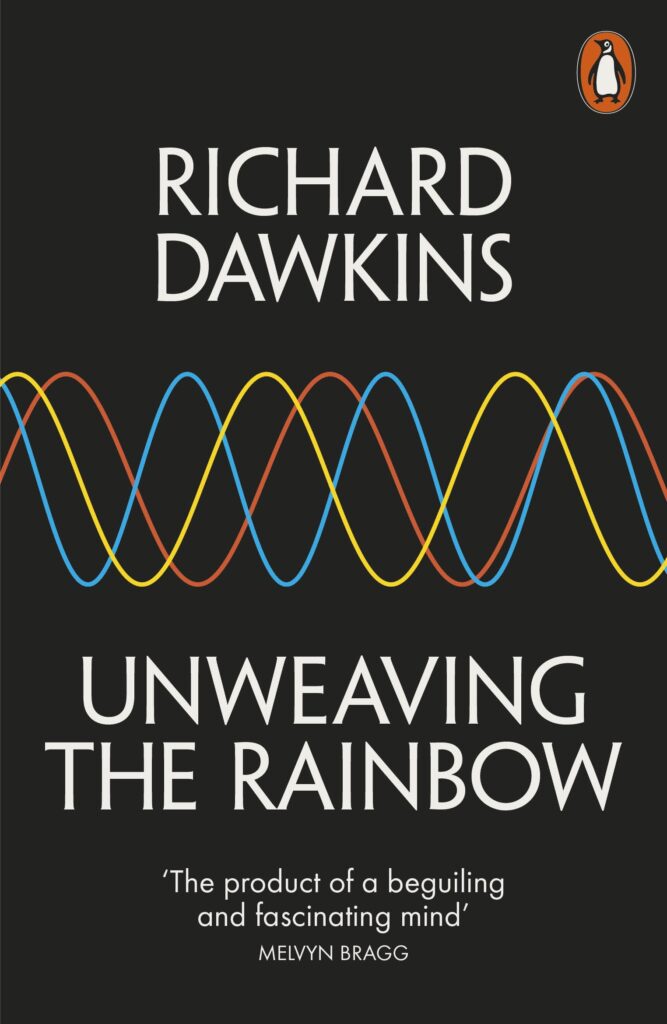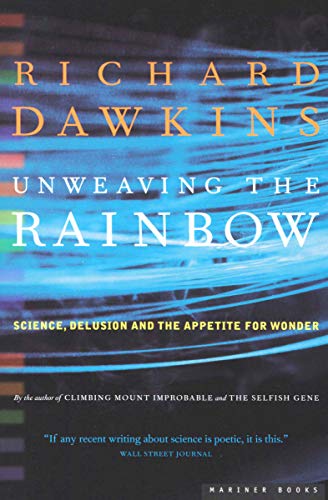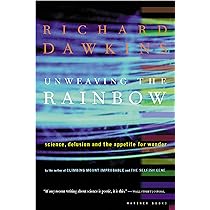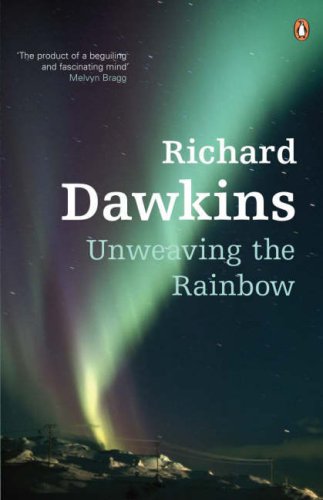Introduction
Have you ever stopped to wonder about the beauty of a rainbow? In Richard Dawkins’ book “Unweaving the Rainbow,” he delves into the science behind rainbows and the natural world around us. This article aims to explore the intricate details of rainbows, from their formation to their symbolism, and how they have inspired artists and scientists alike.
Understanding the Science of Rainbows
Rainbows are a fascinating natural phenomenon that occurs when sunlight is refracted, reflected, and dispersed in water droplets in the air. The process of light passing through a water droplet causes it to break up into its component colors, creating the beautiful arc that we see in the sky. Understanding the science behind rainbows can deepen our appreciation for the natural world.
Impact of Rainbows in Art and Literature
Throughout history, rainbows have been a powerful symbol in art and literature. From ancient myths and folklore to modern interpretations, the rainbow has been used to represent hope, transformation, and the beauty of diversity. Artists and writers often draw inspiration from the vibrant colors and ethereal appearance of rainbows to convey emotions and messages in their work.
The Physics of Rainbow Formation
The formation of a rainbow is a complex interplay of physics principles, including refraction, reflection, and dispersion of light. When sunlight enters a water droplet in the atmosphere, it is refracted, or bent, as it passes from air to water. The different colors in sunlight have different wavelengths, causing them to refract at slightly different angles. This dispersion of light results in the separation of colors and the creation of a rainbow.
Refraction of Light
Refraction is the bending of light as it passes from one medium to another, such as from air to water. This bending of light is what causes the different colors in sunlight to separate and form a rainbow. The angle at which light is refracted depends on the wavelength of the light, with shorter wavelengths (such as violet and blue) bending more than longer wavelengths (such as red and orange).
Reflection and Dispersion
Once light enters a water droplet and is refracted, it undergoes internal reflection off the back surface of the droplet. This reflection causes the light to be reflected back towards the front of the droplet, where it is refracted again before exiting the droplet. The multiple refractions and reflections within the droplet result in the separation of colors, with each color emerging at a slightly different angle to form the rainbow arc.
Rainbow Formation Conditions
Several conditions must be met for a rainbow to form, including the presence of sunlight, water droplets in the air, and the observer’s position relative to the light source and water droplets. The angle of the sun’s rays, the size of the water droplets, and the observer’s position all play a role in determining the size, brightness, and location of the rainbow. Understanding these conditions can help explain why rainbows appear when and where they do.

This image is property of Amazon.com.
Symbolism and Cultural Significance
Rainbows have held symbolic significance in cultures around the world for thousands of years. In many myths and religious beliefs, the rainbow is seen as a bridge between the earthly and divine realms or as a sign of good luck and blessings. The multi-colored arc of the rainbow has been interpreted in various ways, reflecting the diverse meanings and interpretations attributed to this natural wonder.
Mythological Interpretations
In ancient myths and folklore, rainbows are often seen as messages from the gods or spiritual beings. In Norse mythology, the rainbow bridge Bifrost connects the mortal world with the realm of the gods, while in Hindu mythology, the rainbow is believed to be the bow of Indra, the god of thunder and lightning. These mythological interpretations highlight the universal appeal and symbolism of rainbows across different cultures.
Spiritual and Religious Symbolism
In many spiritual and religious traditions, the rainbow is seen as a symbol of hope, promise, and renewal. In Christianity, the rainbow symbolizes God’s covenant with humanity after the great flood, as described in the story of Noah’s Ark. In indigenous cultures, rainbows are often associated with healing, protection, and the interconnectedness of all living beings. The spiritual symbolism of the rainbow continues to resonate with people seeking meaning and inspiration in the natural world.
Contemporary Interpretations
In modern society, the rainbow has become a symbol of LGBTQ+ pride and solidarity, representing diversity, equality, and acceptance. The vibrant colors of the rainbow flag have been adopted by the LGBTQ+ community as a symbol of visibility and empowerment. The rainbow flag has become a powerful emblem of social change and progress, inspiring people to embrace their identities and celebrate their individuality. The contemporary interpretation of the rainbow reflects its evolving significance in a changing world.

This image is property of Amazon.com.
Rainbows in Art and Literature
The beauty and symbolism of rainbows have inspired artists and writers for centuries, leading to countless representations in paintings, poetry, and other forms of creative expression. The ethereal colors and mystical appearance of rainbows have captivated the imagination of artists, who seek to capture their fleeting beauty and symbolic meaning in their works.
Artistic Depictions
In the art world, rainbows are often depicted as colorful arcs in the sky, symbolizing hope, joy, and harmony. Artists use a variety of mediums, such as painting, photography, and sculpture, to capture the ephemeral beauty of rainbows and convey their emotional impact on viewers. Whether rendered realistically or abstractly, the rainbow has been a recurring motif in art across cultures and time periods.
Table: Famous Rainbow Artworks
| Artist | Artwork Title | Medium | Year |
|---|---|---|---|
| Claude Monet | “Rainbow at Etretat” | Oil on Canvas | 1883 |
| Judy Chicago | “The Birth Project” | Fiber Art | 1980 |
| Yayoi Kusama | “Infinity Mirrored Room” | Installation | 2011 |
Literary References
In literature, rainbows are often used as symbols of transformation, enlightenment, and connection with the divine. Writers employ the imagery of rainbows to convey themes of hope, renewal, and the cyclical nature of life. From classic myths and epic poems to contemporary novels and short stories, the rainbow has been a powerful metaphor that resonates with readers of all ages.
Quote: William Wordsworth
“The Child is father of the Man; And I could wish my days to be Bound each to each by natural piety.”
Scientific Exploration in Art
Some artists have embraced the scientific aspects of rainbows in their work, incorporating principles of light and color theory into their artistic practice. By studying the physics of light and experimenting with different materials and techniques, artists can create visual representations of rainbows that engage viewers on both intellectual and emotional levels. The intersection of art and science in rainbow imagery highlights the interconnectedness of the natural world and human creativity.

This image is property of Amazon.com.
Conclusion
In conclusion, rainbows are more than just colorful arcs in the sky—they are symbolic, cultural, and artistic phenomena that have captured the imagination of people throughout history. By understanding the science behind rainbows, appreciating their symbolic significance, and exploring their artistic representations, we can gain a deeper appreciation for the beauty and complexity of the natural world. So next time you see a rainbow after a storm, take a moment to reflect on the wonder and magic of this enchanting natural phenomenon.

This image is property of nosha.info.